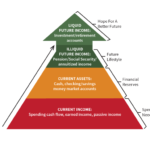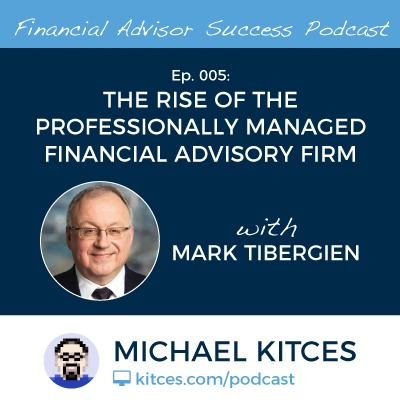Given the party-lines debate that has revolved around the Department of Labor's fiduciary rule for the past year - ever since President Obama put the full force and backing of the White House behind the final rule - it was widely believed that once President Trump won the presidential election, it would just be a matter of time before he issued an Executive Order to delay the rollout of the regulation this April. And yesterday morning, the White House circulated a draft version of the coming Executive Order, to be signed that afternoon, that would impose a 180-day delay to the rule.
Except as it turns out, the final version of the Memorandum that President Trump signed did not actually include a provision to delay the fiduciary rule after all, despite wide media reporting to the contrary! Instead, the Secretary of Labor was merely directed to conduct a new "economic and legal analysis" to assess whether the fiduciary rule and its looming applicability date is causing harm to investors by limiting access, triggering dislocations in the retirement services industry, or likely to cause increased litigation and increased costs for consumers. And if that is the case, then the Department of Labor would undertake yet another proposed rulemaking process, with a Notice and Comment period, before proceeding. A direct Executive Order from the President to delay, though, is off the table (though notably, many had pointed out it wouldn't have been legally permissible to delay that way in the first place).
Given barely 2 months until the applicability date, it's still unclear whether the new economic analysis requirement and subsequent rulemaking process will be able to successfully delay the rule, especially since President Trump's Labor Secretary nominee Andrew Puzder hasn't yet been confirmed, and is now reportedly being delayed indefinitely due to ongoing questions about his ethics and financial disclosures paperwork. Nonetheless, a delay is still possible - and indeed, President Trump's Memorandum effectively directs the DoL to try to find some way to do so - whether by inviting a stay in one of the lawsuits, going through a "hasty" rulemaking process to at least get some delay in the applicability date on the table (and then expand into further rule changes thereafter), or getting Congress to intervene (and overcoming a Senate Democrats filibuster).
But for the time being, the fact remains that it's still "game on" for the Department of Labor's fiduciary rule. The President's Executive-Order-that-wasn't may still ultimately facilitate a delay in the rule, and/or start the process of making changes to the fiduciary rule's long-term provisions after the rule takes effect (but before any real enforcement and legal exposure kicks in). But that remains to be seen in the steps that acting Labor Secretary Ed Hugler does or doesn't take in the coming days and weeks to quickly push the required economic analysis and the start of a new rulemaking process! At a minimum, though, it's looking increasingly likely that the DoL fiduciary rule will be here to stay in some form... the only question is exactly what provisions last in the truly-final version, and when it will truly take full effect!






 Welcome back for the fifth episode of the Financial Advisor Success podcast!
Welcome back for the fifth episode of the Financial Advisor Success podcast!

